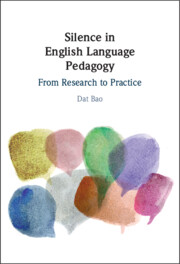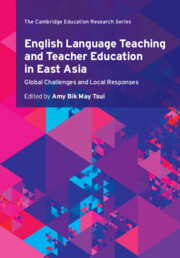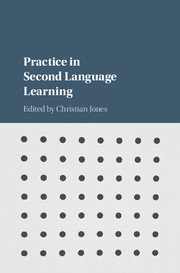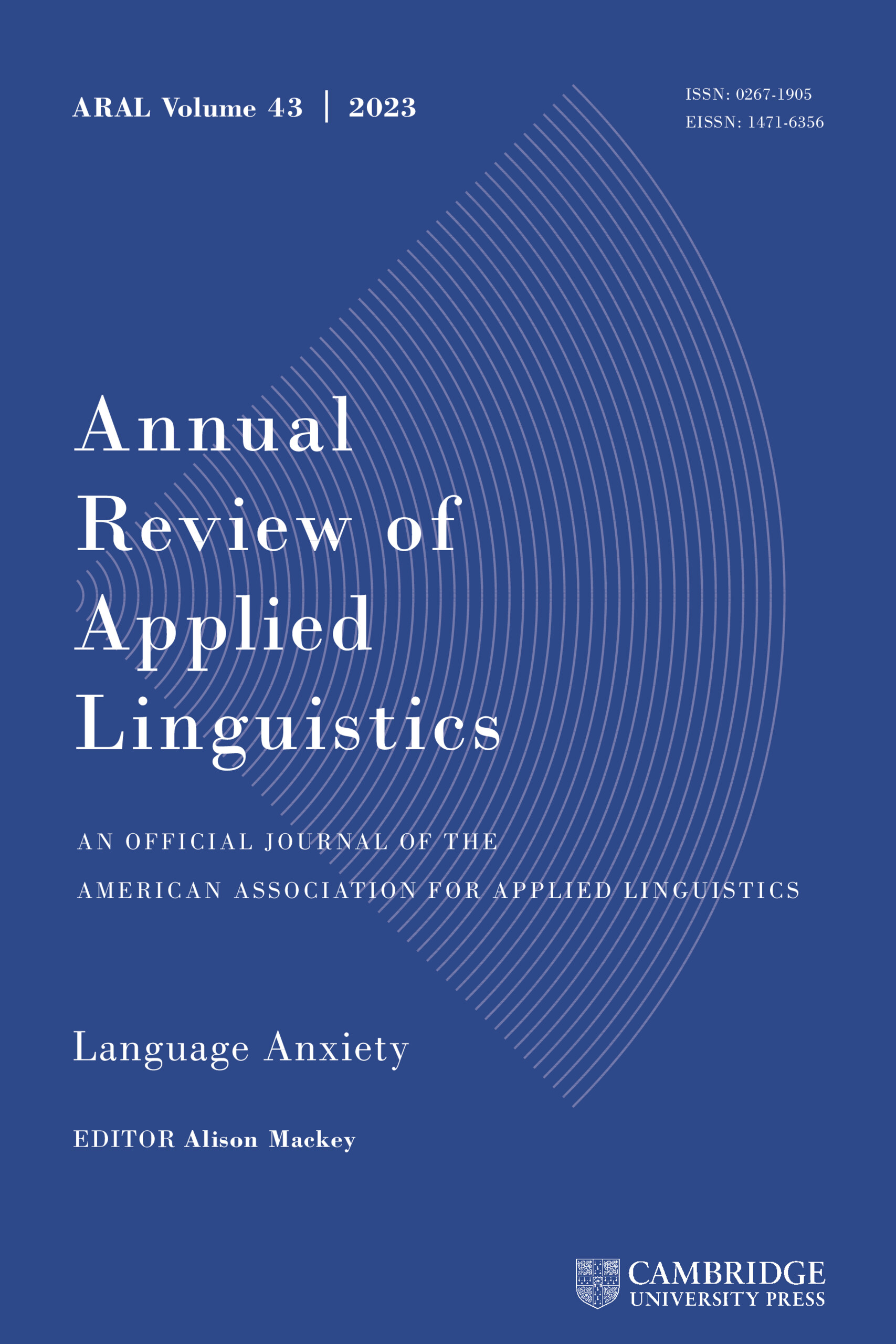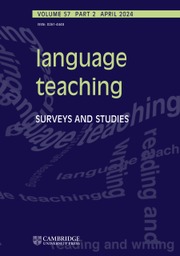Silence in English Language Pedagogy
Silence in language learning is commonly viewed negatively, with language teachers often struggling to interpret learner silence and identify whether it is part of communication, mental processing, or low engagement. This book addresses silence in language pedagogy from a positive perspective, translating research into practice in order to inform teaching and to advocate greater use of positive silence in the classroom. The first half of the book examines the existing research into silence, and the second half provides research-informed practical strategies and classroom tasks. It offers applicable principles for task design that utilises rich resources, which include visual arts, mental representation, poetry, music, and other innovative tools, to allow both silence and speech to express their respective and interrelated roles in learning. Comprehensive yet accessible, it is essential reading for academic researchers and students in applied linguistics, TESOL, and language teaching, as well as for language teachers and educators.
- Draws on empirical data to reveal how pedagogy can improve if teachers recognise rather than ignore student silence in the classroom
- Provides real-world scenarios in educational contexts to demonstrate how silence impedes and assists learning
- Builds on research to discuss many diverse functions of the inner voice and offer principles for teacher silence to nurture that voice
Product details
February 2023Hardback
9781316519868
266 pages
235 × 157 × 19 mm
0.51kg
Not yet published - available from February 2025
Table of Contents
- 1. Embracing silence in education
- 2. The presence of silence in second language acquisition
- 3. Trends in silence research
- 4. Elements that shape pedagogy for silence
- 5. Problematising silence
- 6. Ways of addressing classroom silence
- 7. Online silence
- 8. Coping with undesirable online silence
- 9. Silence in ELT task design
- 10. Some ideas for silence research.

